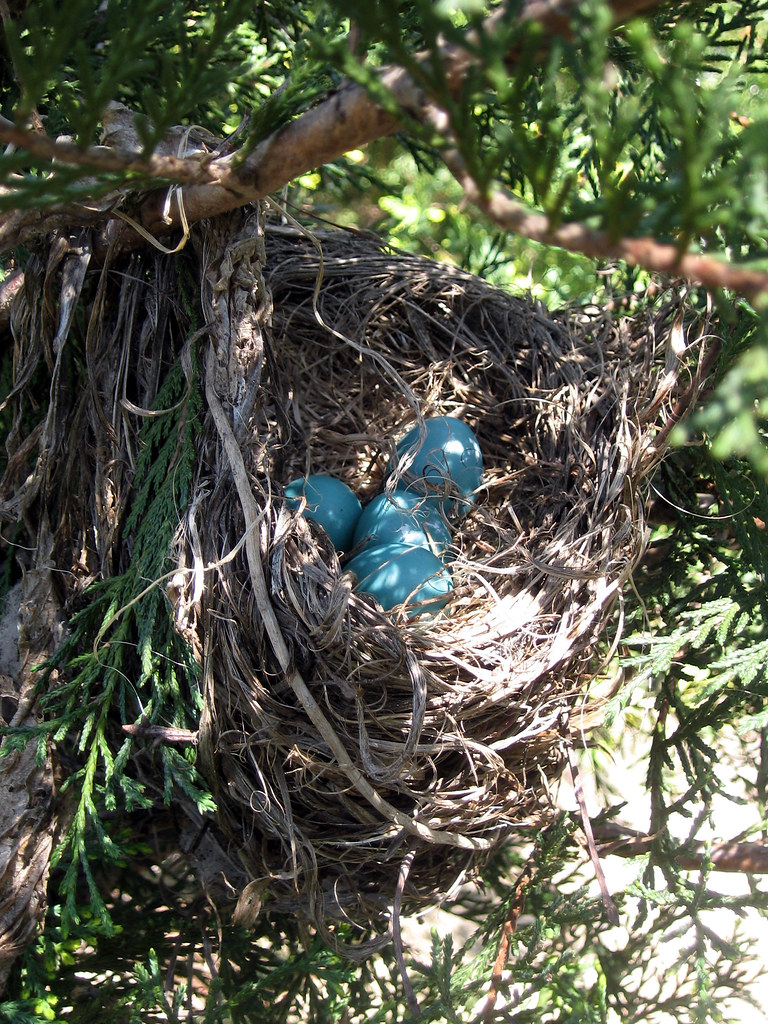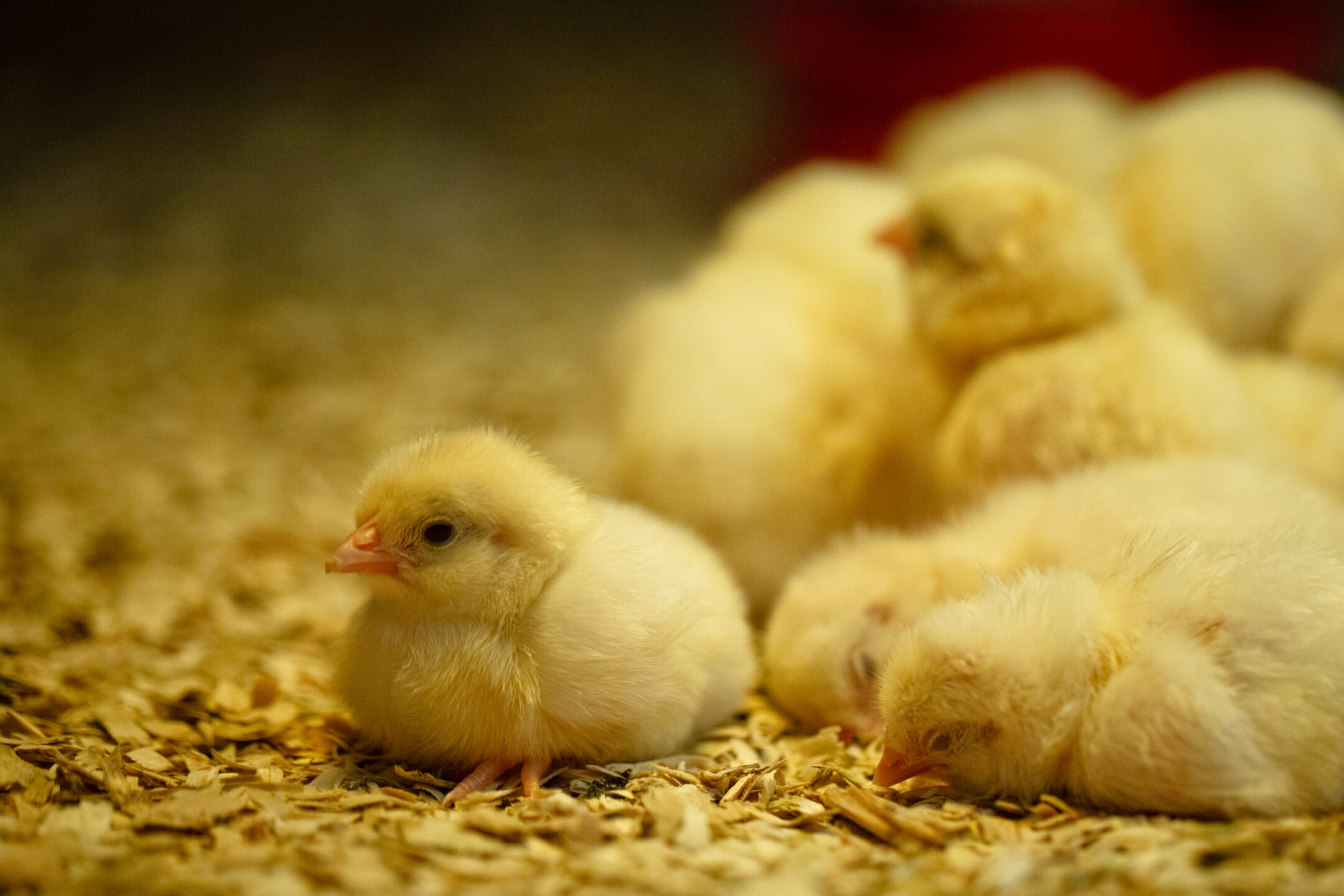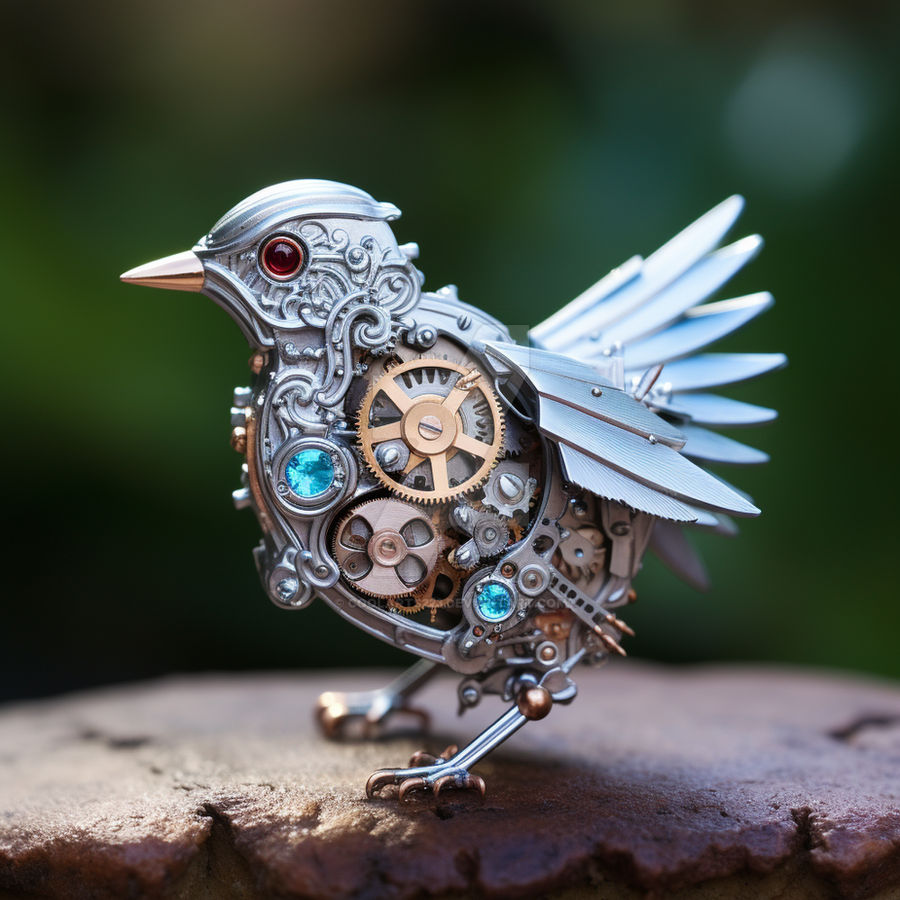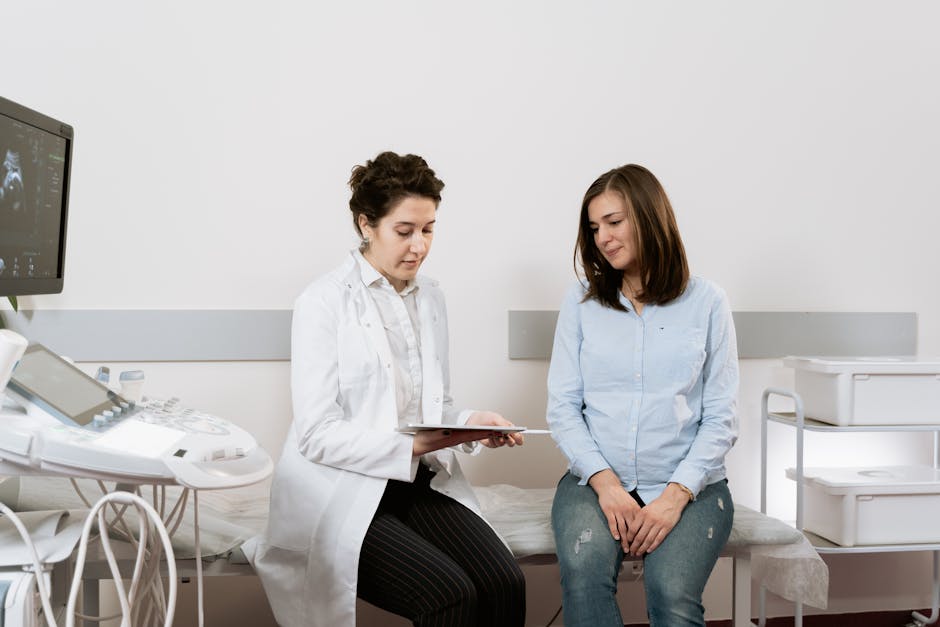Introduction

Bird proofing is a crucial process that aims to create a safe and secure environment by deterring birds from entering, nesting, or causing damage. By implementing various techniques, bird proofing ensures the well-being of both the birds and the room occupants.
Definition of Bird Proofing
Bird proofing refers to proactive steps taken to discourage birds from accessing an area or causing harm to themselves or the environment. It encompasses a range of methods designed to minimize the impact of birds on the surroundings.
Reasons to Bird Proof a Room
There are compelling reasons to consider bird proofing a room:
-
Protection of property: Birds can cause significant damage to structures, equipment, and property. Bird proofing minimizes these risks, reducing maintenance costs.
-
Health and hygiene: Birds and their droppings can carry diseases, bacteria, and parasites. Bird proofing creates a clean and sanitary environment, reducing the chances of disease transmission.
-
Noise reduction: Some bird species can be noisy, causing disturbances in indoor spaces. Bird proofing measures minimize noise pollution, creating a quieter environment.
-
Conservation: Bird proofing is crucial for protecting native bird species and their habitats, preserving biodiversity and ecological balance.
-
Safety: Bird collisions with windows can be fatal for birds and distressing for humans. Bird proofing methods prevent these collisions, ensuring the safety of both birds and occupants.
By understanding the definition of bird proofing and recognizing the reasons to implement it, you can effectively create a safe and bird-free environment. In the following sections, we will explore the process of bird proofing in detail, from assessing the room to maintaining it, ensuring a comprehensive approach to bird management.
Assessing the Room

Identifying Potential Hazards
When bird-proofing a room, it is crucial to identify and address potential hazards that could pose risks to both the birds and the room itself. Here are key areas to assess:
Windows
Check for open windows or loose screens that could allow birds to enter or escape. Consider the type of window coverings or treatments present in the room.
Mirrors
Birds may perceive mirrors as open spaces and fly into them, causing injury. Consider covering or minimizing their reflective surfaces.
Glass Objects
Look for fragile items within the room that could be knocked over or shattered if a bird accidentally flies into them.
Electrical Cords
Birds are known to chew on electrical cords, leading to electrocution or serious injuries. Identify any exposed cords or cables within the room and take measures to secure or hide them.
Toxic Plants
Examine the room for any plants that may be toxic to birds if ingested. Remove or relocate any toxic plants to ensure the safety of the birds.
Chemicals and Cleaning Products
Ensure that any chemicals or cleaning products within the room are stored securely and out of the bird’s reach.
Analyzing the Room Setup
The arrangement and setup of the room can significantly impact its bird-proofing effectiveness. Consider the following factors:
Furniture Placement
Observe the placement of furniture within the room. Ensure that elevated surfaces, such as shelves or curtain rods, are inaccessible or install barriers to prevent bird access.
Clutter and Small Objects
Clear away any clutter and secure small objects that could be harmful if ingested by the birds.
By thoroughly assessing the room for potential hazards and analyzing its setup, you can take proactive measures to create a safer environment for both the birds and the room occupants. In the next section, we will discuss the steps involved in preparing the room for bird-proofing.
3. Preparing the Room

Before you welcome your feathered friends into their new space, it’s crucial to ensure that the room is safe and secure. Here’s how you can create a hazard-free environment and prevent any unwanted escapes or entries.
a. Eliminating Potential Hazards
To keep your bird safe and healthy, it’s important to remove any potential hazards from the room. Take the following steps to create a safe environment:
-
Clear the room of toxic substances and plants: Birds are highly sensitive to chemicals and certain plants that can be harmful or even fatal to them. Remove household cleaners, pesticides, and any toxic plants like lilies, philodendrons, or azaleas. Also, be cautious of any chemicals used in the room that may emit fumes or particles that could harm the bird.
-
Keep small objects out of reach: Birds are naturally curious creatures and may explore their surroundings by nibbling or picking up objects. Prevent the risk of ingestion or choking by ensuring small items like jewelry, coins, or toys are kept out of their reach.
-
Cover or secure electrical cords: Birds have a tendency to chew on objects, including electrical cords. To prevent electrical shock or injury, cover or secure cords using cord covers or protective tubing. Alternatively, you can reroute cords behind furniture or use deterrent sprays to discourage chewing behavior.
-
Remove fragile or valuable items: Birds can be active and may accidentally knock over or damage fragile or valuable items within the room. Temporarily relocate such items to prevent accidents or losses.
b. Securing Openings and Vents
Properly securing openings and vents is essential to prevent birds from escaping or gaining unauthorized access. Take the following measures:
-
Inspect and seal potential entry points: Thoroughly examine the room for any openings or gaps that birds could exploit. Check windows, doors, and any other areas that may serve as entry points. Seal any gaps or cracks with weatherstripping or caulk to ensure a tight seal.
-
Install window screens or mesh: Open windows pose a significant risk for bird escapes. Install secure window screens or mesh to create a barrier that prevents birds from flying out or entering the room. Ensure the screens are free from holes or tears that birds could exploit.
-
Use door sweeps or weatherstripping: Birds can squeeze through surprisingly small gaps under doors. Install door sweeps or weatherstripping to seal off these spaces and prevent birds from slipping through.
-
Cover vents and duct openings: Check for any vents or duct openings within the room that could serve as potential entry points. Install mesh or grilles over these openings to block access for birds while still allowing proper airflow.
-
Consider larger openings: If you have larger openings such as balconies or porches connected to the room, additional measures may be necessary. Install bird netting or wire mesh around these areas to create a physical barrier that prevents birds from entering or leaving the room.
By eliminating potential hazards and securing openings and vents, you can create a safe and bird-friendly environment. Now that you’ve prepared the room, it’s time to move on to the next step: creating a safe environment for your avian companions.
Word count: 354 words
Creating a Safe and Engaging Environment for Your Bird

To ensure the safety and well-being of your feathered friend, it’s important to create an environment that is both safe and engaging. This section will guide you on incorporating bird-friendly materials and adding a birdhouse to enhance your bird’s overall experience.
Placing Bird-Friendly Materials

To create a stimulating and natural environment, consider incorporating the following bird-friendly materials:
-
Perches: Provide your bird with a variety of perching options such as wooden dowels, natural branches, and ropes. These different sizes and textures mimic their natural habitat, exercise their feet, and offer a sense of security.
-
Toys and Enrichment Items: Keep your bird mentally engaged by providing bird-safe toys and enrichment items. Puzzle toys, foraging toys, and chewable toys made from untreated wood or vegetable-based dyes are excellent choices. These toys prevent boredom and provide entertainment.
-
Water Dish or Bird Bath: Birds enjoy bathing to keep their feathers clean and hydrated. Place a shallow water dish or bird bath in the room, ensuring accessibility and safety. Remember to regularly change the water to maintain cleanliness and hygiene.
-
Natural Sunlight or Full-Spectrum Lighting: Mimic the bird’s natural exposure to sunlight by providing access to natural sunlight or using full-spectrum lighting. This lighting is crucial for their overall health, regulating their circadian rhythm, and providing essential vitamin D.
-
Non-Toxic Plants: Incorporate non-toxic plants into the room to create a more natural and visually appealing environment. Ensure the plants you choose are safe for birds and avoid any toxic varieties.
Adding a Birdhouse

Consider adding a birdhouse or nesting box within the room, if space allows. This addition offers your bird a safe and comfortable space to retreat to and encourages natural behaviors like nesting and breeding. Follow these guidelines:
-
Appropriate Birdhouse: Select a birdhouse or nesting box suitable for your bird’s specific species. Different birds have specific requirements for the size, shape, and entrance hole of their nesting spaces. Research your bird species’ needs and choose accordingly.
-
Placement: Position the birdhouse in an area that provides privacy and security, away from potential predators or household pets. Consider the height and accessibility for cleaning and monitoring purposes.
-
Maintenance: Regularly clean and maintain the birdhouse to ensure a hygienic and safe environment. Remove debris or waste and inspect for any signs of damage or wear. This regular upkeep promotes your bird’s health and well-being.
By incorporating bird-friendly materials and adding a birdhouse, you create an environment that supports your bird’s physical and mental needs. Providing perches, toys, bathing opportunities, natural sunlight or full-spectrum lighting, and non-toxic plants enhances their overall well-being. Additionally, a birdhouse offers a safe and comfortable space for nesting and breeding. In the next section, we will explore the importance of maintaining the room to ensure a healthy and secure environment for your bird.
Word count: 324 words
Maintaining the Room

Regular maintenance and upkeep are crucial for creating a safe and engaging environment for your bird. By following a cleaning routine and conducting regular inspections, you can ensure a healthy and comfortable space for your feathered friend.
Regular Cleaning Routine
Establishing a regular cleaning routine is essential to maintain a bird-friendly environment. Here are some practices to incorporate:
-
Sweep or Vacuum the Floor: Remove feathers, dust, and debris by regularly sweeping or vacuuming the floor. This reduces the risk of respiratory issues for both you and your bird.
-
Wipe Down Surfaces: Use a mild, bird-safe cleaner to regularly wipe down surfaces, shelves, and furniture. This prevents the buildup of bacteria and parasites, ensuring a hygienic living space for your bird.
-
Clean Food and Water Dishes: Daily cleaning of your bird’s food and water dishes prevents the growth of harmful bacteria. Use hot water and mild dish soap, rinsing thoroughly to remove all traces of soap.
-
Attend to Bird Cages or Perches: Follow the manufacturer’s instructions to regularly clean and disinfect your bird’s cage or perches. This helps maintain a clean and safe living environment.
Regular Inspections

Regular inspections help identify potential hazards or damage that may compromise your bird’s safety. Here are some areas to focus on:
-
Windows and Doors: Check for gaps, cracks, or loose fittings that birds could exploit to enter or escape. Seal openings to prevent their entry or ensure they are secure.
-
Window Screens: Inspect screens for tears or holes. Replace damaged screens promptly or consider installing bird-safe netting to prevent accidents.
-
Electrical Cords and Outlets: Examine cords and outlets to ensure they are in good condition and not exposed. Keep cords out of reach or use cord covers to protect them from curious birds.
-
Identify Potential Hazards: Look for toxic plants, chemicals, or small objects that birds could ingest or get trapped in. Remove or secure these items to prevent accidents or harm to your bird.
Conclusion

Bird proofing a room is crucial for creating a safe and comfortable environment for both humans and birds. By following a systematic process and implementing appropriate measures, you can effectively prevent birds from accessing your space and mitigate potential hazards.
Recap of Bird Proofing Process
The bird proofing process involves assessing the room, identifying potential hazards, and sealing entry points. Removing bird attractants and providing alternative nesting spaces are also important steps. Regular cleaning and inspections help maintain hygiene and ensure the effectiveness of bird-proofing measures.
Benefits of Bird Proofing a Room
Bird proofing offers several benefits. It maintains cleanliness and hygiene, protects property from damage, and contributes to bird conservation efforts. Additionally, it can result in cost savings by preventing bird-related issues.
In conclusion, bird proofing a room is a proactive measure that ensures the safety, cleanliness, and well-being of both humans and birds. By implementing the steps outlined in this guide, you can create a bird-free environment while contributing to bird conservation efforts. Remember to regularly inspect and maintain your bird-proofing measures to ensure their long-term effectiveness.
Frequently Asked Questions
Frequently Asked Questions
Q: What are the common bird proofing techniques for a room?
A: Common bird proofing techniques for a room include installing window screens or mesh, sealing gaps and cracks, using deterrents like bird spikes or netting, and creating alternative nesting spaces.
Q: How can I prevent birds from flying into windows?
A: To prevent birds from flying into windows, you can apply window decals, use window films or frosted glass, install external shutters or blinds, or hang curtains or blinds inside the room.
Q: What should I do if birds have already built a nest in my room?
A: If birds have already built a nest in your room, it is important to act in accordance with local laws and regulations regarding bird nesting. Consult with local wildlife authorities or bird control professionals for guidance on safely removing the nest.
Q: Are there any bird-friendly alternatives to traditional pesticides for bird control?
A: Yes, there are bird-friendly alternatives to traditional pesticides. These include using ultrasonic devices, visual deterrents like scarecrows or reflective tape, and employing natural repellents such as citrus sprays or peppermint oil.
Q: How often should I clean and maintain the bird-proofed room?
A: It is recommended to establish a regular cleaning routine for the bird-proofed room. Sweep or vacuum the floor regularly, wipe down surfaces, clean food and water dishes daily, and follow the manufacturer’s instructions for cleaning bird cages or perches. Conduct regular inspections to identify and address any potential hazards or damage.

Leave a Reply